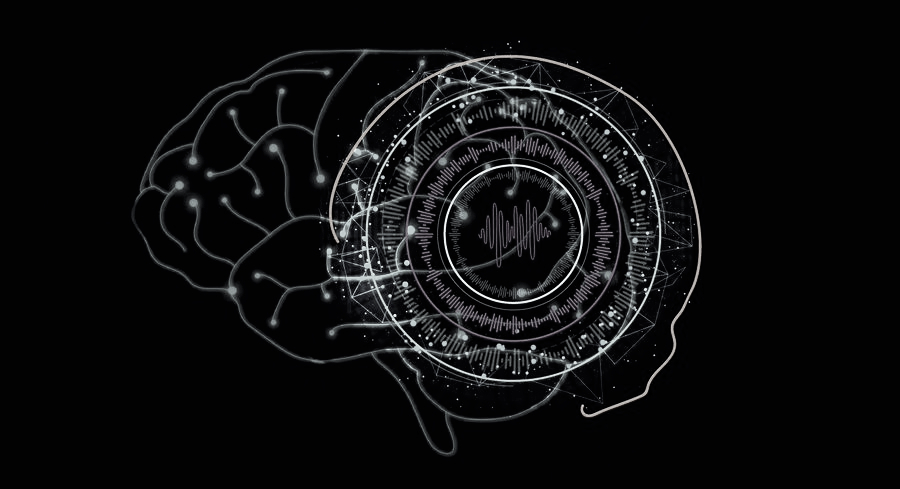
Google’s HOPE AI sets new benchmark for continual learning and memory
Google has announced the launch of a new artificial intelligence (AI) model named HOPE, developed to enhance continual learning and long-context memory in machine learning systems. The model has been created by Google Research, the AI and machine learning division of the company based in Mountain View, California. It is being described as more advanced than Google’s existing Gemini 2.5 model.
According to Google Research, scientists have long faced the challenge of creating AI systems capable of learning new information without forgetting previously acquired knowledge — a process known as continual learning. Unlike human beings, who adapt and reorganize brain connections through a process called neuroplasticity, current AI models tend to lose older information when retrained with new data.
The newly developed HOPE architecture has been designed to overcome this limitation. It uses a self-modifying system that enables the AI to learn continuously, retaining older information while absorbing new insights. This makes the model function more like the human brain, where memory and learning coexist without conflict.
The HOPE AI model has been introduced to solve several long-standing issues in artificial intelligence. These include the problem of catastrophic forgetting, limited contextual memory, and the inability of current large language models to evolve without complete retraining. By addressing these challenges, HOPE is expected to make AI systems more adaptable, efficient, and stable over time.
The model operates on two key principles — Nested Learning and Continuum Memory Systems (CMS). Under the Nested Learning approach, the AI is not treated as a single, continuous learner. Instead, it functions as a network of interconnected machine learning models, each operating with its own context flow and update rate. These smaller models are optimized together, allowing the system to process new information rapidly while preserving older data in deeper layers.
Through this architecture, HOPE achieves multi-time–scale updates, which are essential for stable and consistent learning. This is similar to how the human brain processes information across different time scales. As a result, the model can perform complex reasoning, handle long conversations, and manage sequences more efficiently than earlier architectures.
The second principle, known as the Continuum Memory System (CMS), enables HOPE to manage memory effectively. This system decides which information should be stored for long-term reference and which should be replaced or adapted. In this way, the model self-adjusts its internal structure as it learns — a process described as self-modifying architecture.
The architecture of HOPE is a variant of the Titan model, which was previously developed by Google. While Titan was designed for in-context learning, it was limited to two levels of parameter updates. HOPE extends these capabilities by introducing multiple update levels that allow continual adaptation, making it more suitable for tasks requiring long contextual understanding.
Researchers at Google stated that this advancement could transform how AI systems evolve and interact with information. The ability to remember old knowledge while learning new concepts could help in areas such as healthcare, robotics, education, and advanced conversational systems. It may also reduce the need for frequent retraining of AI systems, making them more efficient and cost-effective in large-scale applications.
The development of HOPE began as part of Google Research’s ongoing work on continual learning architectures following 2023. Its official announcement was made in November 2025 after internal experiments demonstrated improved performance compared with Gemini 2.5 in handling long-context tasks and adaptive reasoning.
Experts believe that HOPE marks a step forward toward general artificial intelligence (AGI) — systems that can learn and adapt autonomously, much like human intelligence. While Google has not disclosed a timeline for its public or commercial deployment, the model is being seen as a significant milestone in the evolution of machine learning research.
With HOPE, Google Research continues its exploration into human-like learning mechanisms for AI, paving the way for smarter, memory-efficient, and continually evolving artificial intelligence systems.
